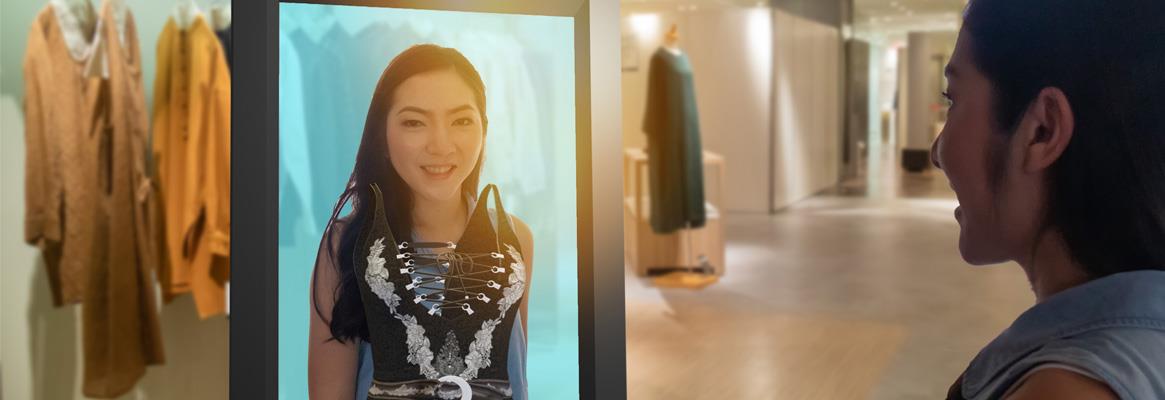Clothes and accessories are not just a necessity, but they are also a tool used for expressing individuality, style, and personality. Introduction of technology in fashion has also created a buzz about how technologies like artificial intelligence (AI) are going to benefit the fashion industry.
How is AI used in fashion?
Artificial Intelligence has in no time taken over major roles in the fashion industry. To start with, AI plays an important role as digital assistants by recommending people to purchase clothes and accessories based on their body shape, height, size and the latest fashion trend. All this data is collected and then perfected after studying the feedbacks in order to provide complete customer satisfaction and decrease the number of returns, which is one of the major issues when it comes to shopping online.
AI is also used to increase productivity and sales within physical and virtual stores. A track of all the sales data, forecast, returns and purchases are kept and used to identify which store will need what items. It is also used to identify colour, size as well as silhouette preferences around different parts of the country to fulfil the needs accordingly. Moreover, customers can take a photo of any selected item and search for the same on the internet for a better price of the same product. It is also used to recommend similar types of purchases as per the data collected to match a customer’s budget and preference.
AI and sustainability
Everyone is aware about the humongous rate of pollution by the garment industry. The fashion industry alone is responsible for around 10 per cent of the global carbon dioxide emission, which makes it extremely unsuitable for the environment. Due to this issue, many brands as well as manufacturing units have started to tilt towards sustainability in terms or raw material, product as well as processes. AI can be used at many levels to battle through this situation by reducing inventory issues by prediction of the sales.
Secondly, a garment goes through many stages before it is showcased at the stores, sometimes needing production of around 10-15 samples before the actual mass manufacturing begins, just to check various design and fit parameters. AI has started playing a vital role in 3D sample creation which eradicates the need of creation of such samples by relying on the 3D models rather than producing these physically. This, in turn, has resulted in reduction of wasteful processes as well as the costs. Also, it is much faster than creation of real samples.
AI can also be used for getting the mundane tasks done at a much faster and efficient pace. For example, if we look at the manufacturing itself, it is full of monotonous processes like cutting, stitching, finishing, and packaging. All these tasks can be performed by AI at a much faster pace while also decreasing the overall cost. AI can stitch the garments while maintaining consistent quality.
Future of AI in fashion
In the upcoming future, AI can become the north star for all the trend prediction as well as forecasting for the brands. Merging AI technology with machine learning, data analytics, etc will be used for both efficient management as well as sustainability. It can be used to identify the trends as a brand, customised shopping for the customers, enhancing online shopping experience by providing virtual fitting rooms, as well as acting as a digital assistant in order to keep one updated with the market trend. For manufacturers and retailers, it can act as a process and also a waste reduction tool. Thus, as we move towards the digital age, the fashion industry will benefit immensely from AI, as it would provide value addition in all terms and stages. So, it would not be wrong to say: ‘The future of fashion is just a few clicks away.”











Comments